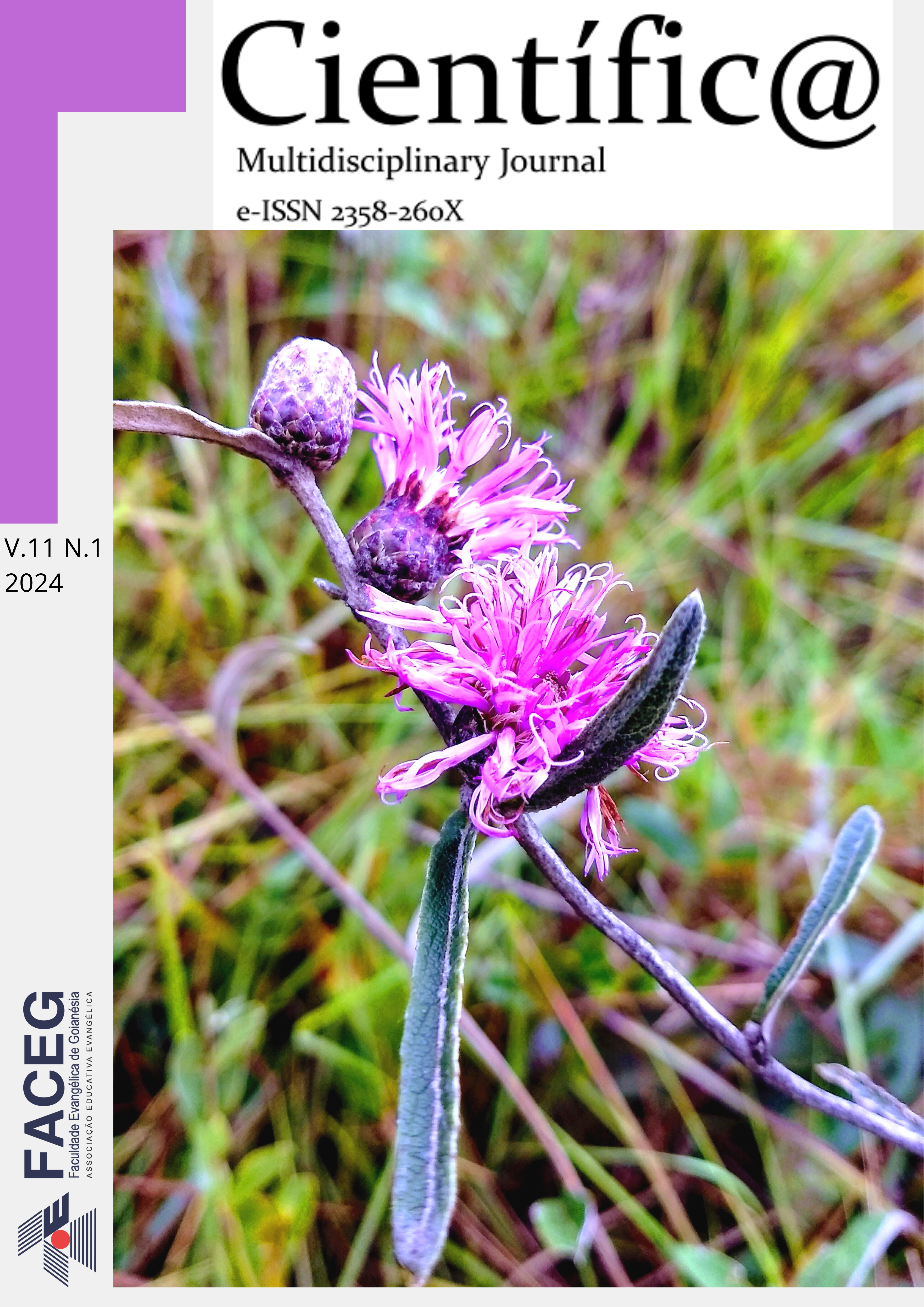Evaluation of different fungicides in phytosanitary management for the control of Septoria glycines and Cercospora kikuchii in soybean crops 2022/2023
DOI:
https://doi.org/10.37951/2358-260X.2024v11i1.7220Abstract
- Soybean yield can be affected by several factors, one of these factors is diseases such as Septoriosis and Cercosporiosis that can drastically reduce soybean yield. The objective of this study was to evaluate the efficiency of control of the associations of different fungicides with protective and resistance-inducing products in the management of Septoria glycines and Cercospora kikuchii that can affect the production components of the soybean crop. The experiment was carried out in a randomized block design (DBC) in Perobal – PR, Brazil, with 6 treatments related to the association of different fungicides with protectants and resistance inducers, applied to soybean crops with 5 replications. The first application of the treatments was performed at the V5 stage, the second application was 15 days after the first application, the third application 15 days after the second application, the fourth and last application was 15 days after the third application. The evaluations were carried out 15 days after the last application, the crop was at the R6 stage, where severity, number of pods per plant, weight of one thousand grains and yield were evaluated. The treatments that obtained the best performance for the control of septtoriosis and brown eye spot were the use of the combination of the active ingredients used in T2 (mancozeb + prothioconazole + bixafen + trifloxystrobin) and T6 (difenoconazole + propiconazole + cyproconazole + picoxystrobin + curative). The use of the curative resistance inducer containing copper and nickel (T6) has been shown to be efficient in the control of Septoriosis and Cercosporiosis and may be recommended to help in the control of these diseases, while the inducer used in the (T5) based on jasmonic and salicylic acid was not efficient.
Terms for indexing: Application, Diseases, Glycine max, Production.
Downloads
Published
How to Cite
Issue
Section
License
Esta revista oferece acesso livre imediato ao seu conteúdo, seguindo o princípio de que disponibilizar gratuitamente o conhecimento científico ao público proporciona maior democratização mundial do conhecimento.
A partir da publicação realizada na revista os autores possuem copyright e direitos de publicação de seus artigos sem restrições.
A Revista Científic@ - Multidisciplinary Journal segue os preceitos legais da licença Creative Commons - Atribuição-NãoComercial 4.0 Internacional. 

